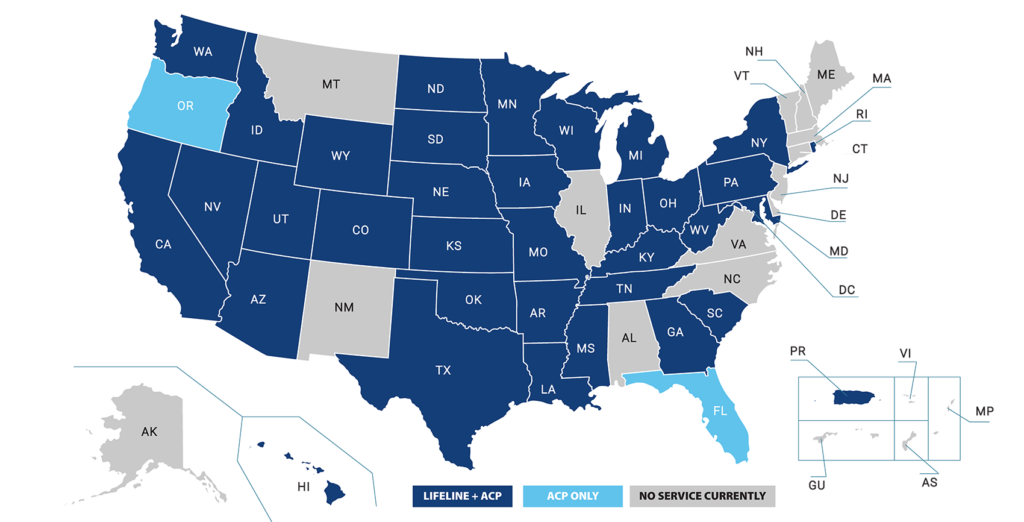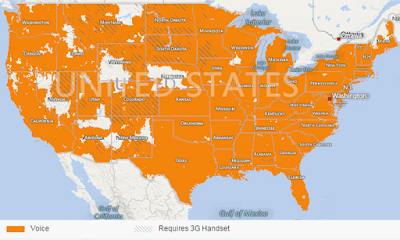As the world becomes increasingly digital, traditional advertising methods are being replaced by more targeted and data-driven approaches. One such approach that has gained popularity in recent years is the retail media network. But what exactly is a retail media network, and how does it differ from other advertising models?
Simply put, a retail media network is a platform that enables retailers to monetize their digital real estate by selling advertising space to brands. These networks typically operate within the retailer’s website or mobile app, using data and insights to deliver personalized advertising to shoppers. By leveraging their vast amounts of customer data, retailers can offer highly targeted and relevant advertising to their shoppers, driving sales and revenue for both themselves and their advertising partners. In this article, we’ll take a closer look at how retail media networks work, their benefits for retailers and brands, and their impact on the advertising industry as a whole.

What is a Retail Media Network?
Retail media networks are digital media networks that enable retailers to monetize their digital presence and engage customers with digital content. They are a new way for retailers to reach out to their customers and drive conversions. Retail media networks offer a variety of services, such as content syndication, advertising, analytics, and more, to help retailers maximize their digital presence.
How Does a Retail Media Network Work?
A retail media network provides a platform for retailers to manage their digital presence and monetize their content. The network allows retailers to customize their content to meet the needs of their customers. It also provides tools to track and analyze the performance of their campaigns. This helps retailers optimize their campaigns and maximize their ROI.
Once a retailer has set up a campaign, they can distribute their content across multiple platforms, including web, mobile, and social media. The network also allows retailers to track the performance of their campaigns and make changes as needed. This makes it easier for them to measure the success of their campaigns and optimize them for better performance.
What Services Do Retail Media Networks Offer?
Retail media networks offer a variety of services to help retailers maximize their digital presence. These services include content syndication, advertising, analytics, and more.
Content syndication allows retailers to distribute their content across multiple platforms, including web, mobile, and social media. This helps to reach a wider audience and drive more conversions. Ad campaigns can also be tailored to target specific audiences and increase ROI.
Analytics are also a key component of retail media networks. This allows retailers to track the performance of their campaigns and make changes as needed. This helps to optimize campaigns and maximize ROI.
Finally, retail media networks also offer a variety of other services, such as marketing automation, A/B testing, and more. These services help retailers to optimize their campaigns and increase the effectiveness of their digital presence.
Benefits of Using a Retail Media Network
Retail media networks offer a variety of benefits for retailers. These benefits include increased reach, improved ROI, better analytics, and more.
Increased reach is one of the biggest benefits of using a retail media network. By distributing content across multiple platforms, retailers can reach a wider audience and drive more conversions. Ad campaigns can also be tailored to target specific audiences and increase ROI.
Improved ROI is another benefit of using a retail media network. Analytics help retailers to track the performance of their campaigns and make changes as needed. This helps to optimize campaigns and increase ROI.
Finally, retail media networks also help retailers to better understand their customers. This allows them to tailor their content to meet the needs of their customers and increase conversions.
Frequently Asked Questions
A retail media network is a network of display screens located in retail stores that show digital advertising, product information, and other content. Retail media networks enable brands to reach shoppers in stores and influence their purchase decisions.
What Is a Retail Media Network?
A retail media network is a network of display screens located in retail stores that show digital advertising, product information, and other content. Retail media networks enable brands to reach shoppers in stores and influence their purchase decisions. Retail media networks allow brands to deliver targeted, customized messages to shoppers in an interactive and engaging way. They can be used to promote new products, emphasize promotions and discounts, and provide product information. They can also be used to deliver personalized messages, such as coupons and loyalty programs, that are tailored to each customer’s preferences.
How Does a Retail Media Network Work?
Retail media networks are made up of display screens located in retail stores that are connected to a digital signage system. This system is used to manage, schedule, and deliver digital content to the screens. Content can include digital ads, product information, and other content such as videos and news. The digital signage system can also be used to track customer behavior and measure the effectiveness of the ads.
What Advantages Does a Retail Media Network Offer?
A retail media network offers several advantages to brands. By delivering targeted, customized messages, brands can reach shoppers in an interactive and engaging way. This allows brands to influence shoppers’ purchase decisions and increase sales. Additionally, retail media networks can be used to track customer behavior and measure the effectiveness of the ads, enabling brands to optimize their campaigns and maximize their return on investment.
What Are the Different Types of Retail Media Networks?
There are several different types of retail media networks, including digital signage, interactive kiosks, mobile apps, and virtual shelves. Digital signage is the most common type of retail media network, where display screens are connected to a digital signage system that is used to manage, schedule, and deliver content. Interactive kiosks are used to provide product information and allow customers to interact with the content. Mobile apps are used to deliver personalized messages, such as coupons and loyalty programs. Finally, virtual shelves are used to display products and provide product information.
How Can Brands Use Retail Media Networks to Reach Shoppers?
Brands can use retail media networks to reach shoppers in an interactive and engaging way. Brands can use digital signage to promote new products, emphasize promotions and discounts, and provide product information. Interactive kiosks can be used to provide product information and allow customers to interact with the content. Mobile apps can be used to deliver personalized messages, such as coupons and loyalty programs. Finally, virtual shelves can be used to display products and provide product information. By using these tools, brands can reach shoppers in stores and influence their purchase decisions.
In conclusion, a retail media network is a powerful tool that allows retailers to monetize their online presence while reaching a wider audience. It is a win-win situation for both the advertiser and the retailer, as it creates a unique opportunity to target customers with relevant and personalized messages. The retail media network offers an effective way to improve the customer experience while generating additional revenue streams for the retailer.
As the retail landscape continues to evolve, it is crucial for retailers to stay ahead of the curve and leverage the latest technologies and strategies to succeed. A retail media network provides an innovative solution that has the potential to transform the way retailers think about advertising and monetization. By embracing this approach, retailers can unlock new sources of revenue and strengthen their relationships with customers, ultimately driving growth and success in the highly competitive retail industry.



